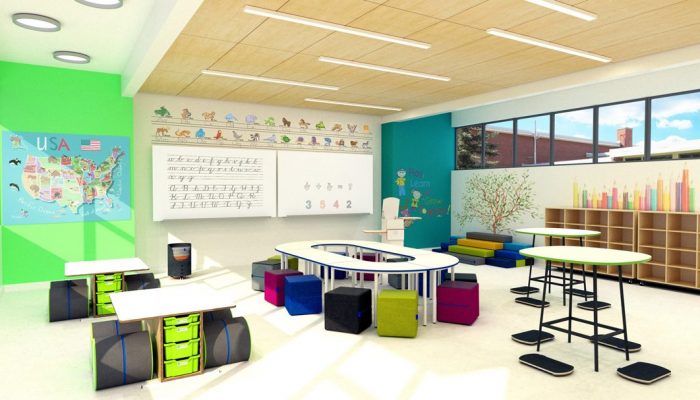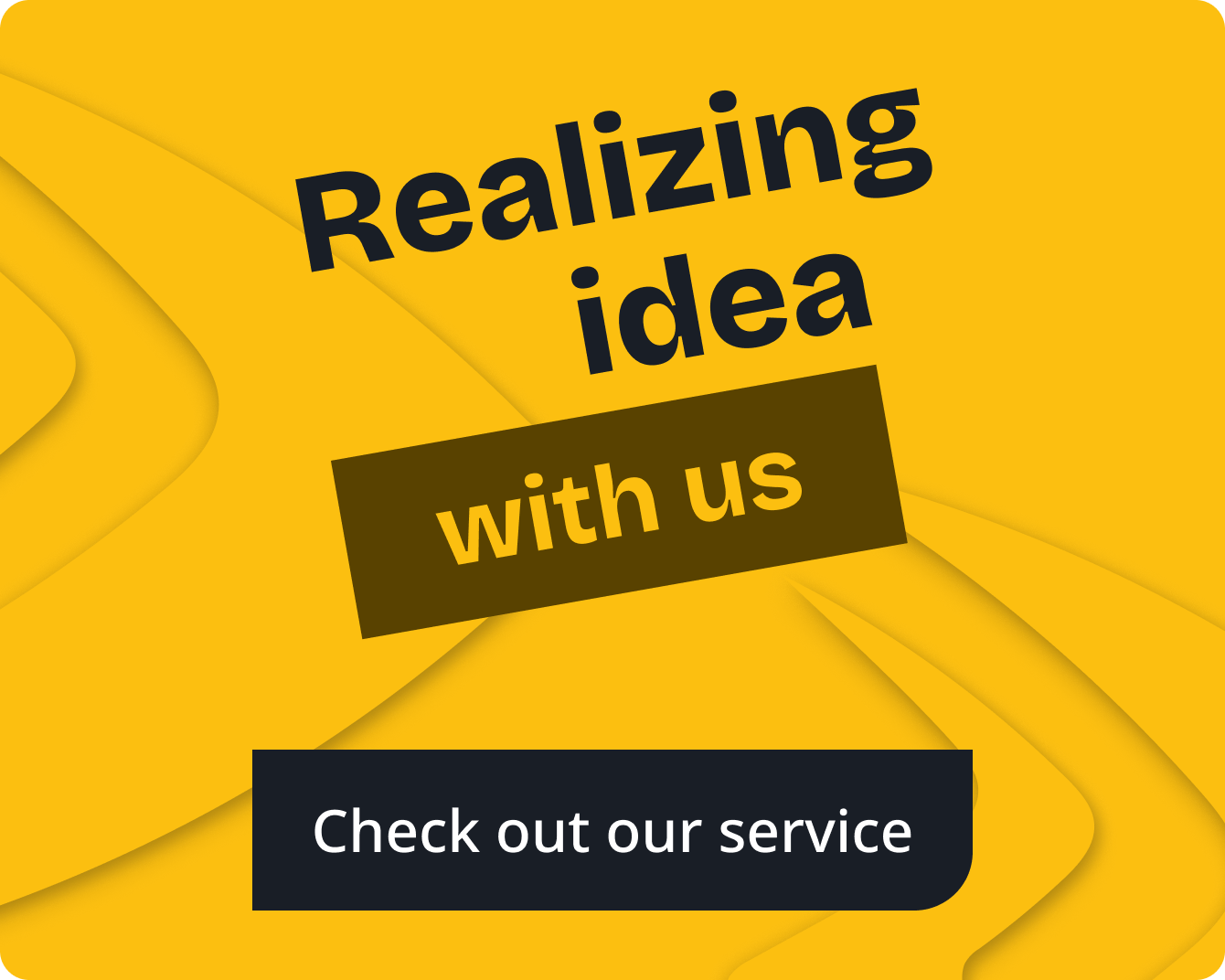Incorporating Agile Methodologies into Software Development Education
November 27, 2024

Agile methodologies in software development education have revolutionized the way software is created, helping teams to collaborate more effectively, adapt quickly to changes, and deliver functional software at a faster pace. But while these methods have become a staple in the tech industry, integrating Agile principles into software development education is still catching up. In an era where “learning by doing” is becoming increasingly critical, shouldn’t software development education reflect the real-world practices of Agile? Let’s dive into how Agile can transform the way students learn software development and prepare them for the industry.
What Are Agile Methodologies?
Before jumping into how Agile can reshape software development education, let’s take a quick look at what Agile methodologies are all about. Agile isn’t just a buzzword—it’s a mindset. It’s a way of thinking about how to approach work in a more flexible, iterative, and team-oriented manner.

Agile is based on the Agile Manifesto, a set of principles emphasizing collaboration, customer feedback, and iterative development over rigid processes and heavy documentation. Popular Agile frameworks include Scrum, Kanban, and Extreme Programming (XP), each with its unique approach but a shared goal: delivering value quickly and efficiently.
Why does this matter in education? Because traditional software development education tends to focus on theoretical concepts and rigid project workflows that don’t reflect modern industry practices. By incorporating Agile into the classroom, we can teach students not just to code, but to collaborate, adapt, and solve real-world problems.
Why Agile Belongs in the Classroom
When you think about it, education and Agile have a lot in common. Both focus on continuous improvement, collaboration, and feedback. So why hasn’t Agile become the norm in software development education?

One of the biggest criticisms of traditional software education is that it often fails to prepare students for the fast-paced, team-oriented nature of the industry. Sure, students learn programming languages, algorithms, and software architecture, but do they learn how to work in cross-functional teams? Do they know how to respond when requirements change mid-project?
Agile methodologies address this gap. By simulating real-world development environments, students learn how to:
- Communicate effectively within a team.
- Prioritize tasks and manage workloads.
- Respond to feedback and adapt their solutions.
This hands-on experience bridges the gap between academic learning and industry expectations, making students more job-ready from day one.
Agile promotes iterative learning, where failure isn’t the end—it’s a stepping stone. Isn’t that what education is supposed to do? When students work in Agile teams, they’re encouraged to experiment, take risks, and learn from their mistakes. This fosters a growth mindset, helping students become resilient problem-solvers who are unafraid of challenges.
How Agile Translates to Other Fields: The Example of Genetic Engineering
Agile’s influence isn’t limited to software development—it’s a framework that has the potential to transform education in other dynamic fields, such as genetic engineering. Just like in software projects, genetic engineering requires an iterative and collaborative approach to solve complex problems. For example, when working on CRISPR-based gene editing or developing synthetic biology solutions, teams often need to experiment, analyze results, and refine their techniques repeatedly.

By adopting Agile in genetic engineering education, students can mimic these real-world workflows. Imagine students working in interdisciplinary teams—combining biology, data science, and bioinformatics—on semester-long projects.
Each sprint could focus on a specific milestone, such as testing genetic modifications or student exploration basics of genetic using genetic engineering worksheet answer key, with regular standups to share progress and retrospectives to refine their methods. This mirrors the collaborative, iterative processes found in modern labs, helping students build adaptability, teamwork, and problem-solving skills.
The same principles that make Agile indispensable in software development—flexibility, collaboration, and continuous improvement—prepare students in genetic engineering (and beyond) for the fast-paced, innovation-driven challenges of their industries.
How to Incorporate Agile into Software Development Education
So, how can educators bring Agile into their classrooms? It’s not as simple as introducing a few Scrum terms or holding a quick retrospective. Incorporating Agile requires a shift in how courses are structured and delivered. Here are some practical steps to make it happen:
1. Start with the Basics of Agile
Before students can practice Agile, they need to understand it. Introduce them to the core principles of the Agile Manifesto, and discuss the differences between Agile and traditional (waterfall) approaches. Use real-world examples to show how Agile helps teams deliver software more effectively.
It’s also a good idea to cover the various frameworks (Scrum, Kanban, XP) and explain when and why each is used. For instance, Scrum’s time-boxed sprints might make more sense for one project, while Kanban’s continuous flow could be better for another.
2. Create Agile-Inspired Course Structures
Why not structure courses themselves around Agile principles? Instead of assigning a single large project with a deadline at the end of the semester, break it into smaller, iterative deliverables. Set up “sprints” where students work on specific features, and hold regular reviews where they present their progress and get feedback.
This approach not only makes the coursework more manageable but also mirrors real-world Agile workflows. It’s a win-win!
3. Foster Collaboration with Team Projects
Agile thrives on collaboration, so team-based projects are a must. Assign students to cross-functional teams, with each member taking on roles similar to those in an Agile team (e.g., Scrum Master, Product Owner, Developer). Encourage students to use Agile tools like Jira or Trello to manage their tasks and backlogs.
To make the experience even more authentic, invite industry professionals to serve as “clients” who provide requirements and feedback throughout the project. This teaches students how to interact with stakeholders—a crucial skill in the industry.
4. Integrate Daily Standups and Retrospectives
Daily standups and retrospectives are two cornerstone practices of Agile teams. These can be easily adapted to the classroom:
- Daily Standups: At the start of each class or lab session, have teams share what they’ve accomplished, what they’re working on, and any obstacles they’re facing.
- Retrospectives: After each sprint or project milestone, hold a retrospective where teams reflect on what went well, what didn’t, and how they can improve moving forward.
These activities encourage communication, self-reflection, and continuous improvement.
5. Use Real-World Tools
Incorporating Agile into education isn’t just about teaching concepts—it’s about giving students practical experience with the tools and technologies they’ll use in the industry. Introduce platforms like Jira, Trello, or Asana for task management, and Git for version control.
By using these tools in an educational setting, students gain valuable hands-on experience that sets them apart in the job market.
Challenges in Adopting Agile in Education
Of course, integrating Agile into software development education isn’t without its challenges. For one, many educators may be unfamiliar with Agile themselves. Training instructors to understand and effectively teach Agile methodologies is a critical first step.

There’s also the challenge of assessment. Traditional grading methods don’t always align well with Agile principles, which emphasize teamwork and iterative progress. How do you grade individual contributions in a team project? How do you evaluate the success of a project that’s still in progress?
Lastly, Agile’s emphasis on flexibility and adaptability can be difficult to implement in rigid academic schedules. But with creativity and a willingness to experiment, these challenges can be overcome.
Imagine a world where every software development graduate not only knows how to write code but also how to work effectively in a team, adapt to change, and deliver value to stakeholders. That’s the promise of Agile education.
By incorporating Agile methodologies into software development education, we can better prepare students for the realities of the tech industry. They’ll graduate not just as coders, but as problem-solvers, collaborators, and innovators—ready to tackle the challenges of tomorrow.
Conclusion
So, why wait? Let’s start building the next generation of Agile-ready developers today.
Agile methodologies have become the gold standard in the software industry, so it only makes sense to bring them into software development education. By teaching students the principles of Agile, creating Agile-inspired coursework, and fostering collaboration through team projects, educators can bridge the gap between academia and industry.
Sure, there are challenges to adopting Agile in education, but the benefits far outweigh the hurdles. Agile doesn’t just teach students how to build software—it teaches them how to think, adapt, and thrive in an ever-changing world. And isn’t that what education is all about?






Read more topics





































